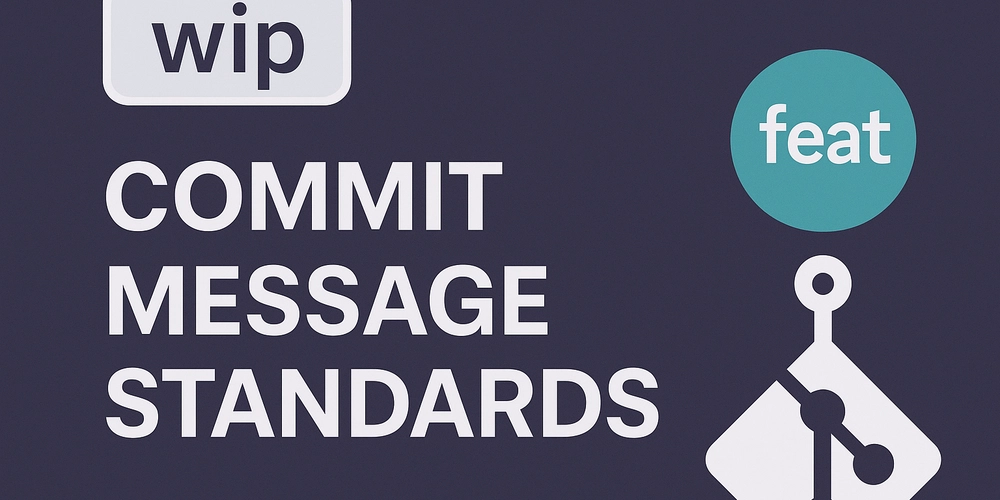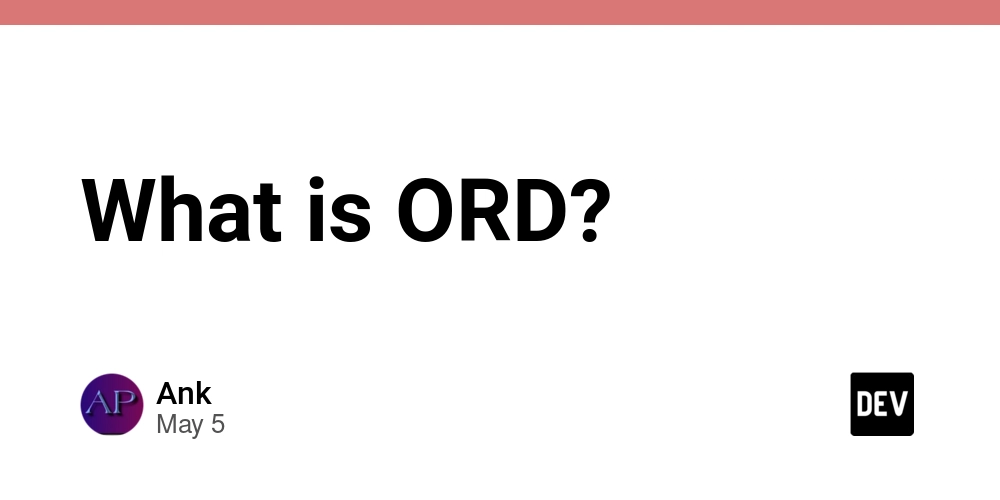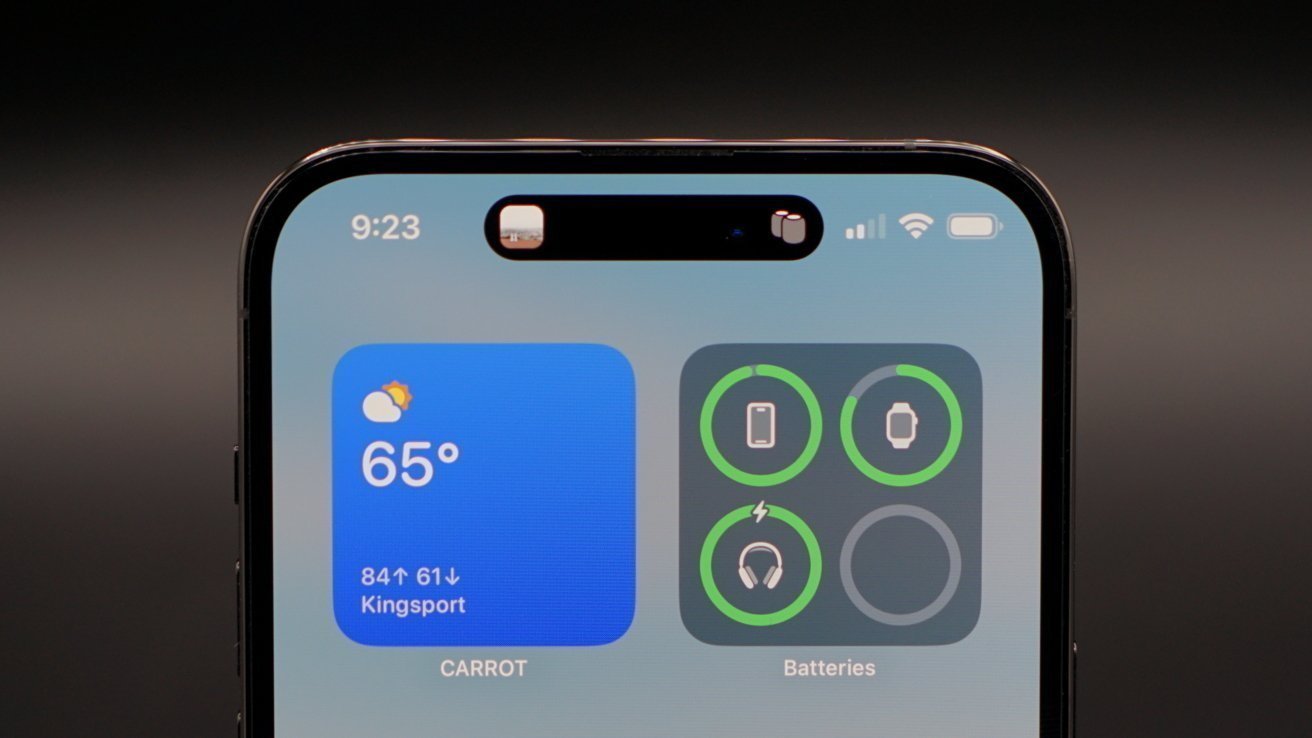Standardizing Git Commit Messages: The Role of Tags like wip and Beyond
In modern software engineering, the clarity of your Git commit messages significantly impacts project maintainability, collaboration, and release workflows. While wip (Work In Progress) is often used to denote an incomplete task, teams should adopt standardized tags that better reflect the intent and nature of each change. Understanding the wip Tag wip is a temporary marker indicating that the commit includes unfinished work. It is useful during active development to back up code or share early drafts. However, wip commits should not be merged into main or release branches. Before merging, squash, or clean these commits into meaningful messages. Example: wip(ui): started implementing dashboard layout Recommended Commit Tags and Examples Below are the standard commit tags, widely used in the Conventional Commits specification: feat: New feature addition Use when adding a new capability or feature. Example: feat(auth): add JWT-based authentication middleware fix: Bug fix or error resolution Use when resolving a defect or error in the code. Example: fix(payment): resolve rounding error in tax calculation docs: Documentation-only changes Use for updates to markdown, code comments, or technical guides. Example: docs(readme): update API usage section with latest endpoints style: Formatting and style updates Use when making changes that do not affect code logic—e.g., indentation, whitespaces, or semicolon adjustments. Example: style(ui): reformat button component for consistency refactor: Code refactoring Use for structural changes that neither fix a bug nor add a feature. Example: refactor(order-service): simplify loop logic for item parsing test: Adding or updating tests Use for adding new tests or modifying existing test coverage. Example: test(profile): add integration tests for avatar upload chore: Maintenance tasks Use for routine tasks like dependency upgrades or tool configuration updates. Example: chore(deps): update laravel/framework to v10.3.0 perf: Performance improvements Use for code changes that enhance performance. Example: perf(query): optimize join condition to reduce query time ci: CI/CD pipeline or config updates Use for changes related to continuous integration or deployment. Example: ci(github): add linting step to pull request workflow Commit Message Structure Format To standardize further, follow this format: (): Where: type = tag from above scope = optional module or component name description = concise message summarizing the change Final Recommendations Avoid leaving wip in history; squash or reword before merging. Use tags consistently across all commits. Validate commit messages with a Git hook or CI job for enforcement. Maintain readability and professionalism in all messages. A well-maintained commit history is a living logbook of a project’s evolution. Adopt structured commit standards today for long-term agility and clarity. Note: The Article was written and the cover image generated by ChatGPT.

In modern software engineering, the clarity of your Git commit messages significantly impacts project maintainability, collaboration, and release workflows. While wip (Work In Progress) is often used to denote an incomplete task, teams should adopt standardized tags that better reflect the intent and nature of each change.
Understanding the wip Tag
wip is a temporary marker indicating that the commit includes unfinished work. It is useful during active development to back up code or share early drafts. However, wip commits should not be merged into main or release branches. Before merging, squash, or clean these commits into meaningful messages.
Example:
wip(ui): started implementing dashboard layout
Recommended Commit Tags and Examples
Below are the standard commit tags, widely used in the Conventional Commits specification:
-
feat: New feature addition
Use when adding a new capability or feature.
Example:
feat(auth): add JWT-based authentication middleware -
fix: Bug fix or error resolution
Use when resolving a defect or error in the code.
Example:
fix(payment): resolve rounding error in tax calculation -
docs: Documentation-only changes
Use for updates to markdown, code comments, or technical guides.
Example:
docs(readme): update API usage section with latest endpoints -
style: Formatting and style updates
Use when making changes that do not affect code logic—e.g., indentation, whitespaces, or semicolon adjustments.
Example:
style(ui): reformat button component for consistency -
refactor: Code refactoring
Use for structural changes that neither fix a bug nor add a feature.
Example:
refactor(order-service): simplify loop logic for item parsing -
test: Adding or updating tests
Use for adding new tests or modifying existing test coverage.
Example:
test(profile): add integration tests for avatar upload -
chore: Maintenance tasks
Use for routine tasks like dependency upgrades or tool configuration updates.
Example:
chore(deps): update laravel/framework to v10.3.0 -
perf: Performance improvements
Use for code changes that enhance performance.
Example:
perf(query): optimize join condition to reduce query time -
ci: CI/CD pipeline or config updates
Use for changes related to continuous integration or deployment.
Example:
ci(github): add linting step to pull request workflow
Commit Message Structure Format
To standardize further, follow this format: Where:
A well-maintained commit history is a living logbook of a project’s evolution. Adopt structured commit standards today for long-term agility and clarity.
Note: The Article was written and the cover image generated by ChatGPT.
Final Recommendations






































































































































































![[The AI Show Episode 145]: OpenAI Releases o3 and o4-mini, AI Is Causing “Quiet Layoffs,” Executive Order on Youth AI Education & GPT-4o’s Controversial Update](https://www.marketingaiinstitute.com/hubfs/ep%20145%20cover.png)






























































































































![[DEALS] Microsoft 365: 1-Year Subscription (Family/Up to 6 Users) (23% off) & Other Deals Up To 98% Off – Offers End Soon!](https://www.javacodegeeks.com/wp-content/uploads/2012/12/jcg-logo.jpg)


![From Art School Drop-out to Microsoft Engineer with Shashi Lo [Podcast #170]](https://cdn.hashnode.com/res/hashnode/image/upload/v1746203291209/439bf16b-c820-4fe8-b69e-94d80533b2df.png?#)









































































































































_Inge_Johnsson-Alamy.jpg?width=1280&auto=webp&quality=80&disable=upscale#)


































































































![The Material 3 Expressive redesign of Google Clock leaks out [Gallery]](https://i0.wp.com/9to5google.com/wp-content/uploads/sites/4/2024/03/Google-Clock-v2.jpg?resize=1200%2C628&quality=82&strip=all&ssl=1)













![New Apple iPad mini 7 On Sale for $399! [Lowest Price Ever]](https://www.iclarified.com/images/news/96096/96096/96096-640.jpg)
![Apple to Split iPhone Launches Across Fall and Spring in Major Shakeup [Report]](https://www.iclarified.com/images/news/97211/97211/97211-640.jpg)
![Apple to Move Camera to Top Left, Hide Face ID Under Display in iPhone 18 Pro Redesign [Report]](https://www.iclarified.com/images/news/97212/97212/97212-640.jpg)




































































































